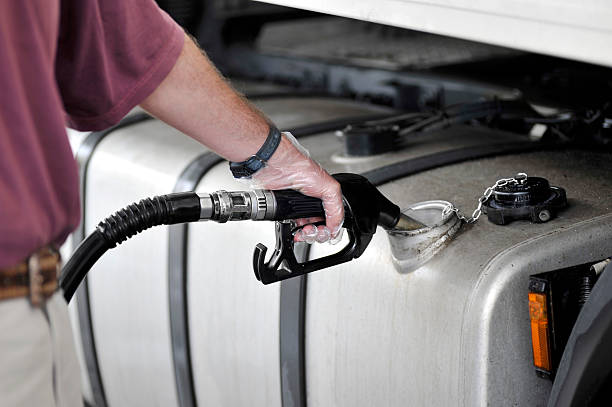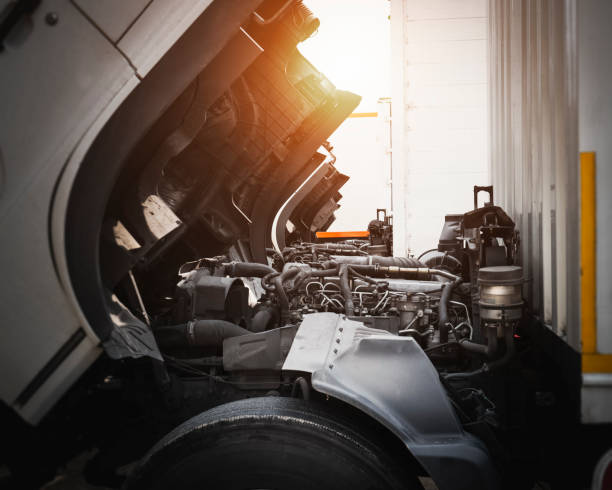
Diesel (Gasoil) D2 is a middle distillate fuel derived from the fractional distillation of crude oil. It has a boiling point range between lubricating oil and kerosene and is widely used in diesel engines, generators, industrial boilers, and marine applications. Known for its efficiency, durability, and relatively simple refining requirements, D2 diesel plays a vital role in global energy consumption.Urea N46% is a white crystalline solid fertilizer widely recognized for its high nitrogen (N) content—46% by weight, making it the most concentrated solid nitrogen fertilizer available on the market. Renowned for its efficiency, cost-effectiveness, and versatility, it plays a crucial role in modern agriculture and industrial processes across the globe. Its ability to enhance soil fertility and significantly improve crop yield has made Urea N46% a staple in farming communities worldwide.
D2 is commonly referred to as gas oil—the second major distillate obtained during crude oil refining. Unlike more refined diesel types that require complex reformers and additives, D2 can be used directly in some engines. This makes it a reliable and cost-effective fuel for various industrial and transportation applications.
The main distinction between standard gasoil and D2 lies in the sulfur content. High-sulfur D2 is being phased out in many regions in favor of Ultra-Low Sulfur Diesel (ULSD) like D2 GOST 305–82, which contains a maximum of 0.2% sulfur and meets ISO fuel standards. Lower sulfur levels reduce emissions and contribute to cleaner combustion, making ULSD a preferred choice in countries with stringent environmental regulations.

Diesel engines operate without spark plugs. Instead, combustion occurs when air is compressed to a high temperature and pressure, and fuel is injected directly into the combustion chamber. This principle was developed by German engineer Rudolf Diesel, from whom the fuel gets its name.
D2 diesel has a relatively high flash point and energy density, offering:
Better fuel economy
High thermal efficiency
Longer engine lifespan
Stable performance under load
In colder climates, refineries often add winter-grade additives to improve cold flow properties, prevent wax crystallization, and avoid fuel line freezing.
Diesel D2 is widely used across multiple sectors, including:
Transportation: Trucks, buses, trains, and ships
Power Generation: Diesel generators in remote areas
Construction and Mining: Heavy equipment and off-road machinery
Heating: Industrial and commercial heating systems
Truck operators often prefer Diesel #2 over Diesel #1 for long-distance hauling due to its higher energy content and lower volatility, making it more fuel-efficient for sustained high-load operations.
Diesel D2 consists of long-chain hydrocarbons, primarily:
Alkanes
Cycloalkanes
Aromatics
During distillation, lighter fractions such as propane, naphtha, gasoline, and jet fuel are removed first due to their lower boiling points. Diesel, along with heavier products like lubricating oils, distills out more slowly. Heaviest products like bunker fuel, bitumen, and carbon black feedstock remain at the bottom of the barrel.

The GOST 305–82 specification is a Russian standard for diesel fuel that aligns with ISO fuel quality regulations. Key features include:
Sulfur content: Max. 0.2%
Cleaner combustion
Reduced emissions
Better compatibility with modern engines
Since 2006, nearly all petroleum-based diesel fuels used in North America and Europe conform to ULSD standards. This shift supports environmental sustainability and complies with international emissions policies.
Diesel (Gasoil) D2 remains a cornerstone fuel for transportation, industrial, and power generation sectors. Its efficiency, availability, and evolving environmental compliance make it a reliable energy source for diverse applications worldwide.